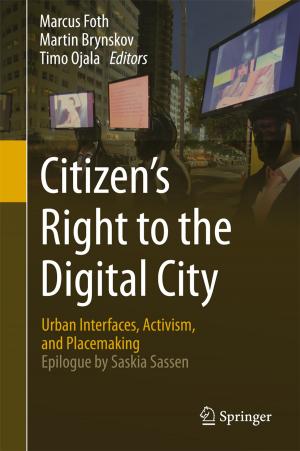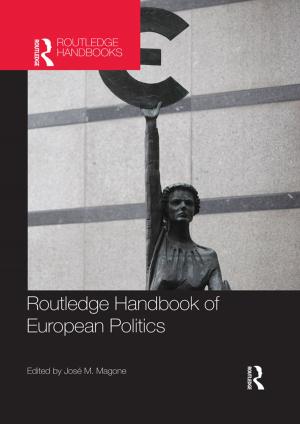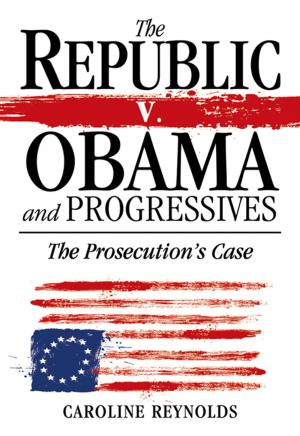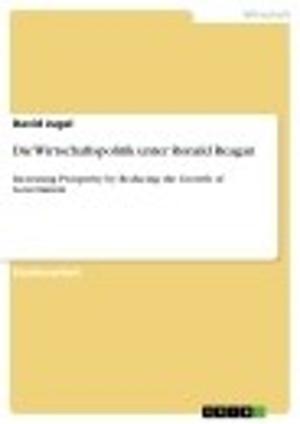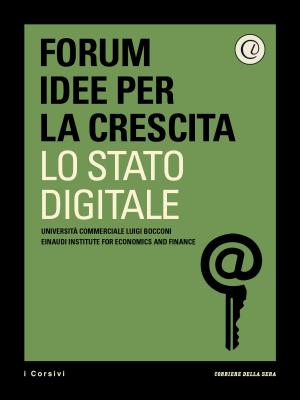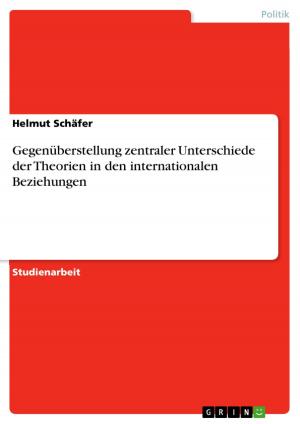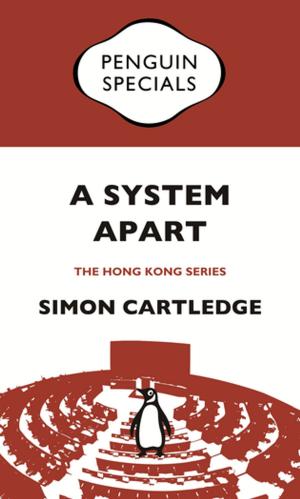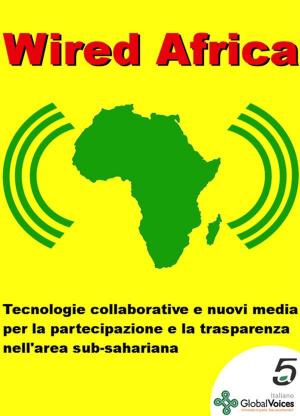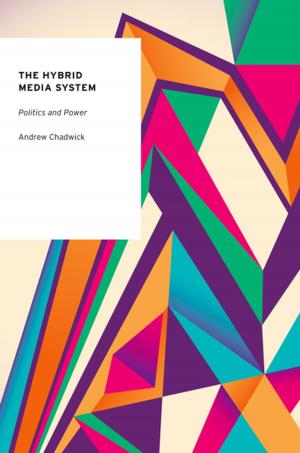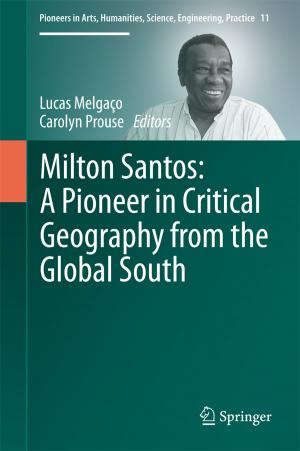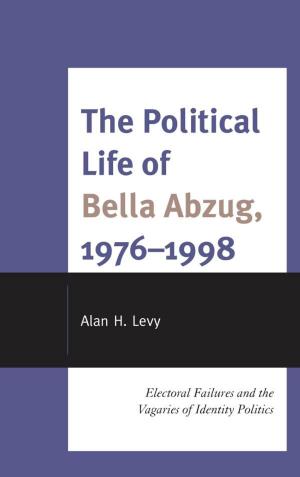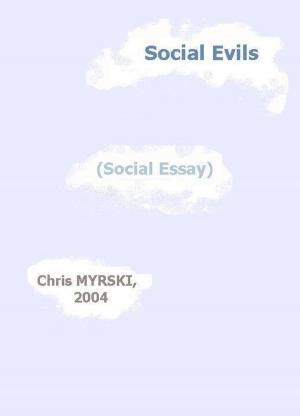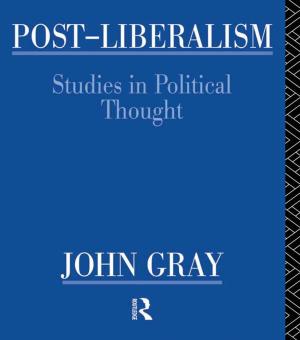| Author: | Darryl Hurly | ISBN: | 9781370476220 |
| Publisher: | Darryl Hurly | Publication: | October 8, 2017 |
| Imprint: | Smashwords Edition | Language: | English |
| Author: | Darryl Hurly |
| ISBN: | 9781370476220 |
| Publisher: | Darryl Hurly |
| Publication: | October 8, 2017 |
| Imprint: | Smashwords Edition |
| Language: | English |
If you’re Canadian or American, country born or immigrant, you need to read this book because your nation’s future is in a dilemma!
How did our “intercultural” Canadian and American societies evolve? After the conquest of New France and the American Revolution, twin ethno-cultural societies evolved in Canada and the US, blended through intermarriage among WASPS and new immigrants from continental Europe who enhanced core British cultures with their own heritages. Both nations shared similar ethics, values, traditions and national identities down to the present day.
Canada and the US welcomed minority races if the latter didn’t challenge their mainstream ways of life, and they let religious sects like Quakers, Mennonites, Hutterites and Doukhobors settle apart from mainstream society in their own enclaves.
Were our intercultural societies flawless? No! Neither nation was all-inclusive of non-WASP races. Along with the French, “Cajuns,” Hispanics, African Americans, Chinese, and Native North Americans were segregated into ghettos or reserves where they lived apart, and were prevented from sharing fully in their countries’ ways of life.
In the next two centuries, Catholics, Orthodox and Jews from continental Europe were integrated into an industrializing workforce, but were likewise segregated socio-culturally in ghettos like ‘Little Italy’ and ‘little Jerusalem.’ Eventually, all but the Native tribes were integrated into mainstream society by the mid-20th century.
How did Third-World immigration affect interculturalism? Interculturalism’s semi-inclusive flaw resurfaced when Third-World immigrants brought strange religious and cultural heritages which they refused to give up. Islam in particular is an invasive sectarian and political ideology that tries to influence most aspects of a host society’s life.
Islamist religiosity opposes secularism. Muslim apostates and non-Muslim agnostics and atheists are the most reviled of infidels. While Christians share a belief in God/Allah and Heaven/Paradise with Muslims, the gulf between godless Occidentals and fervent Muslims remains the key barrier to integration and the creation of a workable ethno-cultural mosaic in Canada and the US.
So, because their cultural heritage still clashes with that of Occidentals, Muslims focus on political action to embed a Shari’ah way of life into mainstream Canadian and American society; oblivious of any collateral damage to the latter’s own heritages.
How has Canada and the U.S. coped with this impasse? Unable to absorb these minorities, frustrated host societies grasped at “cultural pluralism” so they could legitimize ethnic diversity and a multi-cultural identity. So far, Canadian “multiculturalists” and American “civic nationalists” are unable to diversity their nations’ ethnicities without dividing. Are they overreaching to please non-cohesive minorities by sacrificing too many of our rights and freedoms?
Is there an alternative? Definitely! New neo-intercultural societies are surfacing as Third-World newcomers experience life in Occidental North America. Our ways are slowly gaining appeal among progressive Muslim youth who feel stifled by their austere lives under orthodox Islam amidst the vibrant milieu of their Occidental peers.
Because secularism and Christianity are less inhibitive, they attract those descendants of Muslim immigrants who are eager to experience what their host societies have to offer. But can they safely break with Shari’ah’s impermeable, cleric-imposed web without the threat of retribution for contemplating disaffection or apostasy?
Will interculturalism be dismantled to make way for cultural mosaics before it can refashion itself into a more-inclusive version? Will Canada and the US be able to integrate open-minded descendants of Third-World newcomers, and absorb enough of their religious and cultural baggage to create better-blended nations that can outdo divisive cultural mosaics? Read this book and judge for yourself!
If you’re Canadian or American, country born or immigrant, you need to read this book because your nation’s future is in a dilemma!
How did our “intercultural” Canadian and American societies evolve? After the conquest of New France and the American Revolution, twin ethno-cultural societies evolved in Canada and the US, blended through intermarriage among WASPS and new immigrants from continental Europe who enhanced core British cultures with their own heritages. Both nations shared similar ethics, values, traditions and national identities down to the present day.
Canada and the US welcomed minority races if the latter didn’t challenge their mainstream ways of life, and they let religious sects like Quakers, Mennonites, Hutterites and Doukhobors settle apart from mainstream society in their own enclaves.
Were our intercultural societies flawless? No! Neither nation was all-inclusive of non-WASP races. Along with the French, “Cajuns,” Hispanics, African Americans, Chinese, and Native North Americans were segregated into ghettos or reserves where they lived apart, and were prevented from sharing fully in their countries’ ways of life.
In the next two centuries, Catholics, Orthodox and Jews from continental Europe were integrated into an industrializing workforce, but were likewise segregated socio-culturally in ghettos like ‘Little Italy’ and ‘little Jerusalem.’ Eventually, all but the Native tribes were integrated into mainstream society by the mid-20th century.
How did Third-World immigration affect interculturalism? Interculturalism’s semi-inclusive flaw resurfaced when Third-World immigrants brought strange religious and cultural heritages which they refused to give up. Islam in particular is an invasive sectarian and political ideology that tries to influence most aspects of a host society’s life.
Islamist religiosity opposes secularism. Muslim apostates and non-Muslim agnostics and atheists are the most reviled of infidels. While Christians share a belief in God/Allah and Heaven/Paradise with Muslims, the gulf between godless Occidentals and fervent Muslims remains the key barrier to integration and the creation of a workable ethno-cultural mosaic in Canada and the US.
So, because their cultural heritage still clashes with that of Occidentals, Muslims focus on political action to embed a Shari’ah way of life into mainstream Canadian and American society; oblivious of any collateral damage to the latter’s own heritages.
How has Canada and the U.S. coped with this impasse? Unable to absorb these minorities, frustrated host societies grasped at “cultural pluralism” so they could legitimize ethnic diversity and a multi-cultural identity. So far, Canadian “multiculturalists” and American “civic nationalists” are unable to diversity their nations’ ethnicities without dividing. Are they overreaching to please non-cohesive minorities by sacrificing too many of our rights and freedoms?
Is there an alternative? Definitely! New neo-intercultural societies are surfacing as Third-World newcomers experience life in Occidental North America. Our ways are slowly gaining appeal among progressive Muslim youth who feel stifled by their austere lives under orthodox Islam amidst the vibrant milieu of their Occidental peers.
Because secularism and Christianity are less inhibitive, they attract those descendants of Muslim immigrants who are eager to experience what their host societies have to offer. But can they safely break with Shari’ah’s impermeable, cleric-imposed web without the threat of retribution for contemplating disaffection or apostasy?
Will interculturalism be dismantled to make way for cultural mosaics before it can refashion itself into a more-inclusive version? Will Canada and the US be able to integrate open-minded descendants of Third-World newcomers, and absorb enough of their religious and cultural baggage to create better-blended nations that can outdo divisive cultural mosaics? Read this book and judge for yourself!

